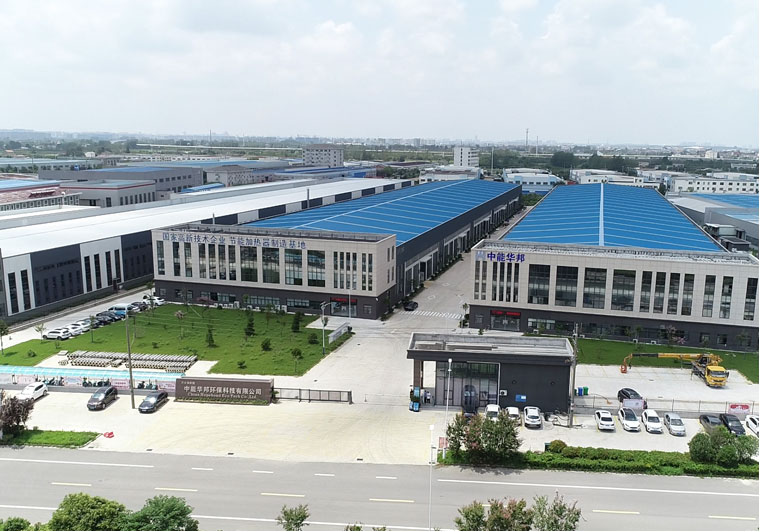Heating Equipment
The S-type thermocouple, also known as the single platinum-rhodium thermocouple, belongs to the category of precious metal thermocouples. The nominal chemical composition of its positive pole (SP) is a platinum-rhodium alloy containing 10% rhodium and 90% platinum, and the negative pole (SN) is pure platinum. The standard diameter of the couple wire is 0.5mm, and the allowable deviation is -0.015mm. This thermocouple, with its unique material properties, can accurately sense temperature changes and convert them into electrical signals for output, providing reliable data for temperature measurement.
Product Advantages
1. High precision: It features extremely high accuracy among thermocouples, with the best measurement precision ranging from 800 to 1300℃, meeting the demanding requirements of scientific research, high-end industries, etc.
2. Super stability: Excellent physical and chemical properties, small fluctuations in thermoelectric potential, and consistent and reliable data in complex environments.
3. Wide temperature range: Long-term resistance to 1300℃, short-term resistance to 1600℃, suitable for extreme temperature measurement in high-temperature industries and aerospace.
4. Long service life: Strong high-temperature oxidation resistance, stable structure and impact resistance, reducing maintenance costs.
5. Easy to maintain: Simple assembly, quick component replacement, and reduced downtime.
Specification parameters
|
Division number |
S |
|
Temperature measurement accuracy |
Grade I, Grade II (Grade I is of high precision, and Grade II meets industrial general requirements) |
|
Temperature measurement range |
0-1600℃ |
|
Outer diameter dimension |
Multiple specifications ranging from ∮3 to ∮25mm |
|
Electrical export |
M20x1.5, NPT1/2 |
|
Protection grade |
IP65 |
|
Dipole diameter |
The 0.5 mm |
|
Nominal pressure |
Atmospheric pressure |
|
Connection device |
Bolts and flanges are optional |
|
Thermal response time |
≤150S |
Product Application
1. Industrial field
In the steel industry, it is used in high-temperature processes such as steelmaking and steel rolling to monitor the internal temperature of equipment like heating furnaces and refining furnaces, ensuring that steel is processed at an appropriate temperature and guaranteeing its quality.
Glass manufacturing: Measure the temperature of equipment such as glass furnaces and annealing furnaces, precisely control the temperature curve during the glass production process, and ensure the quality indicators of glass products such as transparency and uniformity.
Ceramic production: In the ceramic firing kiln, the temperature is monitored in real time to help control the firing process and achieve precise regulation of the color, texture, hardness and other properties of the ceramics.
Chemical production: It is used for temperature measurement and control of equipment such as reaction vessels and cracking furnaces to ensure that chemical reactions take place at appropriate temperatures, guaranteeing production safety and product quality.
2. In the field of scientific research: In various high-temperature experiments, such as high-temperature performance testing of materials and research on high-temperature catalytic reactions, it provides high-precision temperature measurement data for experiments, facilitating the smooth progress and output of scientific research results.
3. Energy industry
Petroleum and natural gas: Temperature monitoring of oil Wells, pipelines, storage tanks and other facilities is carried out to prevent safety accidents caused by abnormal temperatures and ensure the safety and stability of energy transmission and storage.
Electric power production: During the power generation processes of thermal power, nuclear power, etc., monitor the temperatures of key parts of equipment such as boilers and steam turbines to ensure the efficient and safe operation of power generation equipment.
4. Other fields: In the high-temperature baking and sterilization processes of the food processing industry, as well as in the engine temperature monitoring and control of the automotive industry, S-type thermocouples also play a significant role, ensuring product quality and equipment performance.
Product Parameter
| Model | Graduation mark | Temperature range | Mounting& Fixing |
| WRN | K | 0-1000°C | 1.without Fixing Device 2.Threaded Connector 3.Movable Flange 4.Fixed Flange 5.Elbow Tube Connection 6.Threaded Cone Connection 7.Straight Tube Connection 8.Fixed Threaded Tube Connection 9.Movable Threaded Tube Connection |
| WRE | E | 0-700°C | |
| WRF | J | 0-600°C | |
| WRC | T | 0-400°C | |
| WRP | S | 0-1600°C | |
| WRQ | R | 0-1600°C | |
| WRR | B | 0-1800°C | |
| WRM | N | 0-1100°C |
Shipment
provides customers with quality and safe transportation.

Even Heat DistributionFlanged immersion heaters are designed to provide uniform heat transfer across the entire liquid volume in a tank, which is critical for m...
READ MOREIn industrial sectors such as petrochemical processing, energy, power generation, pharmaceuticals, and fine chemicals, heat exchange systems play a critical rol...
READ MOREPrimary Applications of the Oil Circulation Heater The Oil Circulation Heater is used in a wide variety of industrial settings that require efficient, consisten...
READ MOREIn industries such as oil and gas, petrochemical processing, power generation, mining, chemical plants, and dust-handling facilities, explosion-proof electrical...
READ MORESensing the Temperature: The thermostat in an immersion heater utilizes advanced temperature sensors such as thermistors or bi-metallic strips to constantly mon...
READ MORE